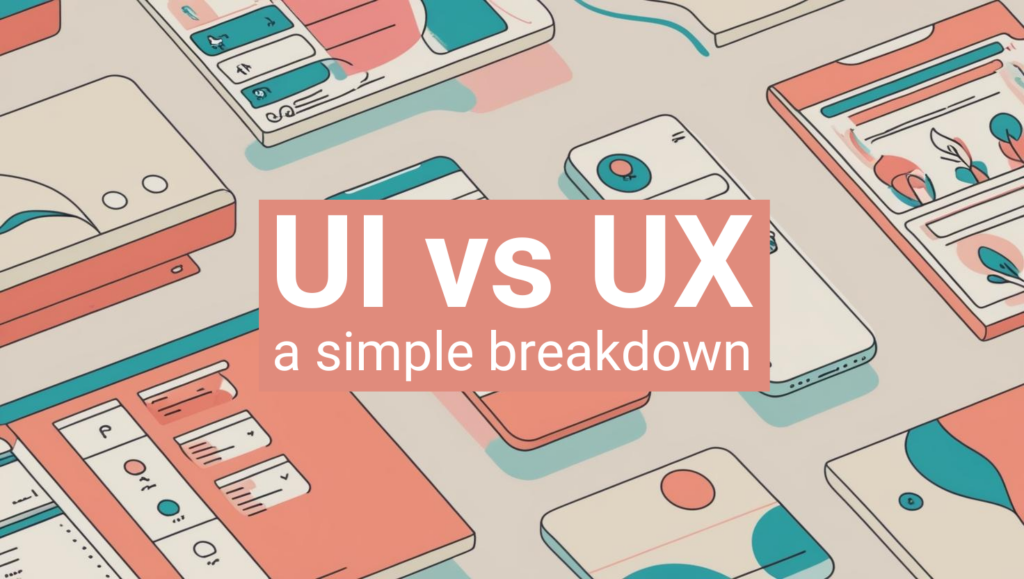
The terms UI (User Interface) and UX (User Experience) are often used interchangeably, but they refer to two distinct aspects of design. Understanding the difference between the two is essential for anyone involved in creating digital products like websites apps, or software. Let’s break it down.
What is UI (User Interface)?
User Interface (UI) refers to the visual elements of a product that users interact with. It encompasses everything from buttons, icons and typography to color schemes, spacing and layout. Essentially, UI is the look and feel of the product. It’s about creating a visually appealing and easy-to-navigate interface that allows users to interact with the system effectively.
For instance, when you open an app, the buttons, text fields and icons you click on are all part of the UI. The design choices, such as whether a button is blue or green or how a dropdown menu appears, are all UI decisions. A good UI design ensures that users can intuitively navigate the product without confusion, providing a seamless interaction with the system’s features.
What is UX (User Experience)?
User Experience (UX), on the other hand, is a broader concept that encompasses the overall experience a user has with a product or service. It goes beyond aesthetics and focuses on how the product makes the user feel, how easy or difficult it is to use and how effectively it solves the user’s needs. UX is about making the interaction with the product as smooth, efficient, and enjoyable as possible.
While UI is concerned with the interface’s visual design, UX involves understanding the user’s journey and optimizing each step of their interaction with the product. It includes the usability, accessibility, and functionality of a product. A UX designer will research the target audience, create user personas, map out user flows, and conduct usability testing to ensure that the product is intuitive and meets the needs of its users.
How UI and UX Work Together
UI and UX are complementary but distinct disciplines. UX design is the foundation, ensuring that the product solves the user’s problems and is easy to use. Once the user experience is mapped out and optimized, UI design comes in to make the product visually engaging and pleasant to interact with.
Imagine a website where the user flow is confusing and difficult to follow—no matter how beautiful the design is (the UI), the product will still be frustrating to use. On the flip side, a website with a fantastic user experience but poor design can feel unattractive or difficult to engage with.
Conclusion
UI is about the visual and interactive elements of a product, while UX focuses on the overall experience and usability. Both are crucial in creating a successful digital product. By working together, UI and UX designers ensure that the product not only looks good but also delivers a seamless and enjoyable experience for users. Whether you’re a designer, developer, or business owner, understanding the difference between UI and UX is key to creating products that truly resonate with your audience.